Essay On Mahatma Gandhi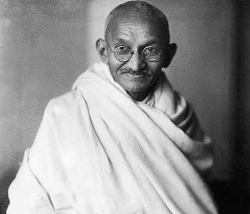
Mohandas Karamchand Gandhi was an Indian lawyer, anti-colonial nationalist, and political ethicist. He was born on 2nd October 1869 and passed away on January 30, 1948. He led the victorious struggle for India's liberation from British domination and later served as an inspiration for movements for freedom and civil rights around the globe. In 1914, South Africa was where the honorific Mahatma was first used to refer to him. Gandhi, who was born and raised in a Hindu household on the Gujarat coast's city named Porbandar, studied law at the Inner Temple in London and was called to the bar at the age of 22 in June 1891. He traveled to South Africa in 1893 to defend an Indian merchant in a legal dispute after spending two dubious years in India, where he had been unable to establish a lucrative legal practice. He then spent the next 21 years residing in South Africa. Gandhi raised his family here and started using peaceful resistance in the fight for civil rights. He returned to India in 1915 at the age of 45 and immediately started gathering peasants, farmers, and city laborers to protest against discrimination and an excessive land tax. 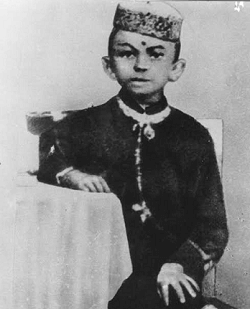
Gandhi led national efforts to reduce poverty, advance women's rights, promote interethnic and interreligious harmony, put an end to untouchability, and?most importantly?achieve Swaraj or self-rule after taking over the Indian National Congress in 1921. Gandhi selected the short, hand-spun dhoti as a symbol of his identification with India's rural poor. He started to practice long fasts, consume basic cuisine, and live in a self-sufficient residential community as a form of reflection and political protest. Gandhi urged the common Indians to embrace anti-colonial nationalism by organizing the 400 km Dandi Salt March in 1930 to protest the British government's charge on salt and by demanding the British leave India in 1942. He spent several years and numerous times in prison in both South Africa and India. Early in the 1940s, Muslim nationalism, which desired a separate nation for Muslims within British India, posed a threat to Gandhi's concept of an independent India based on religious diversity. Britain recognized India's independence in August 1947, but the British Indian Empire was divided into Pakistan and India, each with a majority of Muslims. Religious conflict erupted as numerous uprooted Hindus, Muslims, and Sikhs arrived in their new homes, especially in the Punjab and Bengal. Gandhi visited the devastated districts and refrained from participating in the official commemoration of independence in an effort to lessen suffering. He staged repeated hunger strikes in the months that followed in an effort to put an end to the religious bloodshed. The last of these, which was launched in Delhi on January 12, 1948, when he was 78 years old, also had the covert intention of putting pressure on India to pay Pakistan some cash assets. The idea that Gandhi had been overly steadfast in his defense of both Pakistan and Indian Muslims, especially those trapped in Delhi, spread among some Hindus in India even after the Government of India and the religious rioters both made concessions. One of them was Nathuram Godse, a ferocious Hindu nationalist from India who, on January 30, 1948, at an interfaith prayer gathering in Delhi, shot Gandhi three times in the chest. The International Day of Nonviolence is observed on October 2 in remembrance of Gandhi, whose birthday is celebrated in India as Gandhi Jayanti, a national holiday. Gandhi was known as Bapu and is regarded as the Father of the Nation in India, although not have that title officially. Some of the most important events during the fight for Indian independence were led by him mobilizing a huge crowd by appealing to commoners against the unjust done by the Britishers. Some of those events are- Champaran Uprising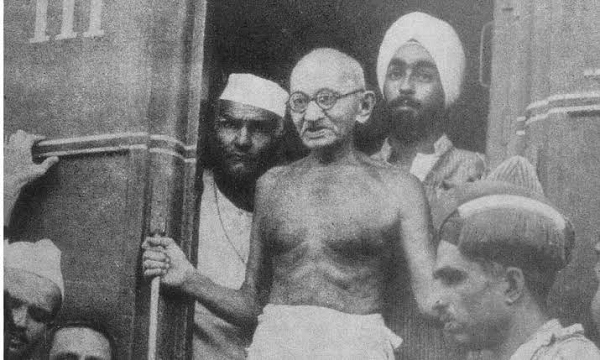
Gandhi's Champaran uprising in Bihar in 1917 marked his first significant success. The Anglo-Indian plantation owners, who the local government generally supported, faced off against the local peasantry in the Champaran movement. The market for the cash crop Indigofera, which is used to make indigo dye, has been dropping for more than 20 years. The peasants were compelled to produce it and were required to sell their harvests to the planters at a set price. The peasantry was upset about this and complained to Gandhi at his ashram in Ahmedabad. Gandhi used a nonviolent protest technique to surprise the administration and gain concessions from the Britishers. Kheda Protest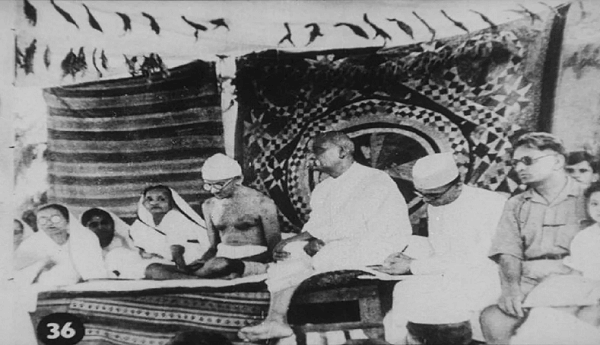
Floods and starvation struck Kheda in 1918, and the peasantry demanded tax relief. Gandhi relocated his headquarters to Nadiad and organized a large number of local supporters and new volunteers, Vallabhbhai Patel being the most noteworthy. Gandhi started a signature campaign using the tactic of non-cooperation, in which peasants vowed not to pay taxes even in the face of the possibility of having their land taken away. Along with the movement, mamlatdars, and calendars, the district's revenue officials engaged in a social boycott. Gandhi put a lot of effort into gaining nationwide popular support for the struggle. The administration resisted for five months, although by the end of May 1918, it had conceded on key points and loosened the requirements for paying revenue tax until the famine was over. Vallabhbhai Patel negotiated on behalf of the farmers in Kheda with the British, who deferred taxation and freed all the inmates. Khilafat Movement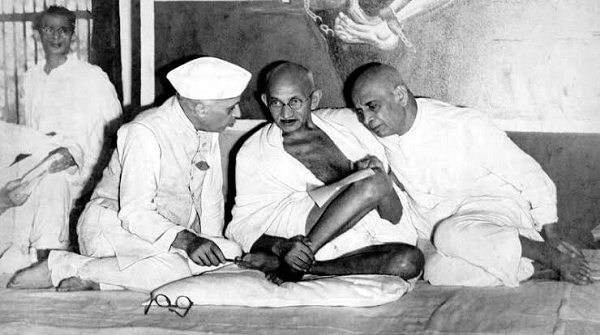
After World War I, in 1919, Gandhi (then 49 years old) supported the Ottoman Empire, which had lost the war, in an effort to gather Muslim support for his political resistance to British imperialism. Hindu and Muslim riots and other communal unrest were prevalent in British India prior to Gandhi's campaign, such as the riots of 1917-18. Gandhi had already contributed to the British throne financially and by enlisting Indian men to fight for the British in the European war. Gandhi was somewhat inspired to make this attempt by the British commitment to pay back the aid given to Indians in obtaining swaraj (self-government) following the conclusion of World War I. Gandhi was disappointed that the British government had rejected self-governance in favor of small improvements. Intentions for satyagraha, or civil disobedience, were declared by Gandhi. In an effort to stop Gandhi's campaign, British colonial officials responded by introducing the Rowlatt Act. The Act gave the British government the legal justification to detain anyone for "indefinite preventive detention, incarceration without judicial review or the necessity for a trial" and permitted it to consider participants in civil disobedience as criminals. Gandhi believed that cooperation between Hindus and Muslims was essential for political advancement against the British. He took advantage of the Khilafat movement, in which Sunni Muslims in India and its leaders, including the Sultans of Indian princely states and the Ali brothers, supported the Turkish Caliph as a sign of unity for the Sunni Islamic community (ummah). After the Ottoman Empire was defeated in World War I, they saw the Caliph as their means of defending Islam and Islamic law. Gandhi's backing of the Khilafat movement had conflicting effects. At first, Gandhi had a lot of support from Muslims. Rabindranath Tagore and other Hindu leaders, who were primarily opposed to acknowledging or assisting the Sunni Islamic Caliph in Turkey, however, questioned Gandhi's leadership. After Gandhi supported the Caliph's cause, there was a temporary halt to sectarian bloodshed between Muslims and Hindus. In combined Rowlatt satyagraha demonstration marches, it provided evidence of inter-communal unity, elevating Gandhi's status as a political leader in the eyes of the British. In addition to helping him marginalize Muhammad Ali Jinnah, whose opposition to Gandhi's satyagraha non-cooperation effort had been made public, Jinnah's support for the Khilafat movement also helped. Jinnah started building his own independent base and later spearheaded the call for a separate West and East Pakistan. They disagreed on the best way to achieve Indian independence, although having a general understanding of it. Instead of trying to stir up the populace, Jinnah was more concerned about negotiating a new constitution with the British. The Khilafat movement had disintegrated by the end of 1922. Turkey's Atat�rk abolished the Caliphate, the Khilafat movement came to an end, and Muslim support for Gandhi virtually vanished. Gandhi and his Congress lost the support of Muslim leaders and delegates. Communal disputes between Hindus and Muslims resurfaced. Deadly religious riots returned to many places, with 91 of them occurring in the United Provinces of Agra and Oudh alone. Non-co-operation Movement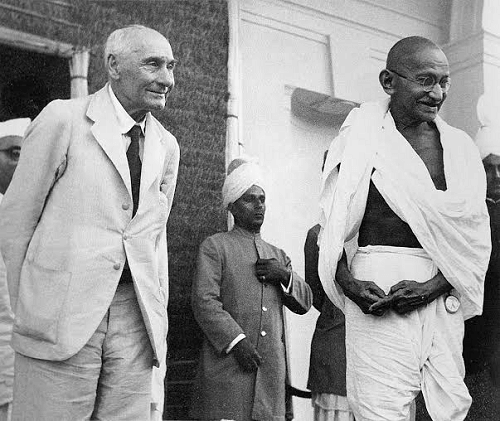
Gandhi forewarned the Viceroy of India in a cable letter sent in February 1919 that he would urge Indians to begin civil disobedience if the British passed the Rowlatt Act. The British government disregarded him and enacted the law, declaring that it would not cave in to pressure. People gathered to protest the Rowlatt Act in the wake of the Satyagraha or civil disobedience. In Delhi, India, on March 30, 1919, unarmed participants in satyagraha were shot and killed by British law enforcement officers. In retaliation, there were riots. Even though the opposing side utilized violence, Gandhi urged the use of nonviolence toward the British and one another. Communities all around India made announcements about their intentions to protest in larger numbers. He was advised not to enter Delhi by the administration. Gandhi disobeyed the command. Gandhi was detained on April 9. Riots broke out. On April 13, 1919, a group of people, including mothers with young children, assembled in a park in Amritsar. British Indian Army officer Reginald Dyer surrounded the group and gave the order for troops under his command to open fire. The subsequent slaughter of hundreds of Sikh and Hindu civilians at Jallianwala Bagh (also known as Amritsar) infuriated the subcontinent. Still, it was justified by some Britishers and elements of the British media as a necessary response. Gandhi embarked on a fast-until-death to put pressure on the Indian people to put an end to their rioting and urged that they stop all acts of violence and property destruction. Gandhi included the swadeshi policy, or boycott of products created abroad, particularly British products, as part of his nonviolent non-cooperation movement. His urging that all Indians wear Khadi (homespun cloth) rather than British-made textiles was related to this. Gandhi urged all Indians, regardless of wealth, to dedicate some of each day to weaving Khadi in favor of the freedom fight. Salt March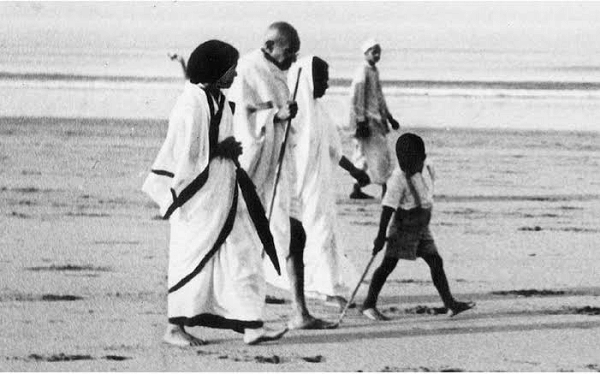
Gandhi continued to pursue swaraj in the second part of the 1920s after being released from prison early in 1924 for political offenses. At the Calcutta Congress in December 1928, he pushed through a resolution threatening the British government with a new campaign of non-cooperation with the aim of achieving total independence for India unless it granted India dominion status. His beliefs and nonviolent approach were questioned by some, including Subhas Chandra Bose and Bhagat Singh, after he supported World War I with Indian combat troops, the Khilafat movement's inability to maintain the Caliph's reign in Turkey, and the collapse of Muslim support for his leadership. Gandhi's suggestion did not receive a favorable response from the British. Winston Churchill and Lord Birkenhead, two prominent British politicians, declared their hostility to "the appeasers of Gandhi" during their conversations with European officials who shared their sympathies for Indian demands. In March 1930, Gandhi then started a new Satyagraha to protest the British salt tariff. In an effort to circumvent the salt regulations, he marched 388 kilometers from Ahmedabad to Dandi, Gujarat, with the help of 78 volunteers. The 240-mile march took Gandhi 25 days to complete while he spoke along the way to frequently sizable crowds. He was accompanied at Dandi by thousands of Indians. A regulation from 1827 was used to imprison him on May 5 in preparation for a planned demonstration. Mahatma Gandhi was also famous for leading a disciplined life and professed the importance of self-discipline in life. To achieve the bigger goal, he believed one needs to follow and implement these qualities. He also believed in the ideology of non-violence, i.e., Ahimsa. He dedicated his life to the upliftment and rights of the people. He is definitely one of the greatest leaders India ever had, and all these qualities made him a great leader who will always be revered and respected even now and in the coming decades.
Next Topic#
|
 For Videos Join Our Youtube Channel: Join Now
For Videos Join Our Youtube Channel: Join Now
Feedback
- Send your Feedback to [email protected]
Help Others, Please Share










